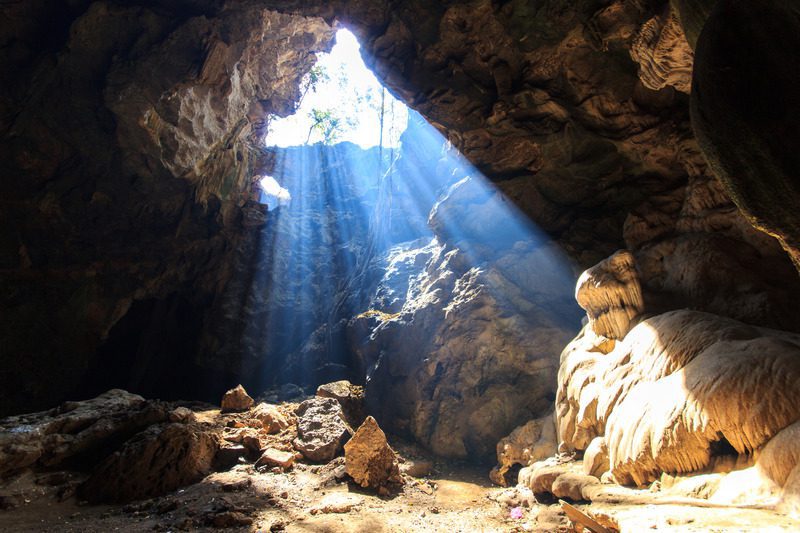Table of Contents
General Introduction
The Black Books consist of 7 volumes written by Carl Jung between 1913 and 1932. They were not available to the general public until the end of 2020, when Sonu Shamdasani published an edited edition, including an introduction to the Black Books. As Sonu Shamdasani indicated at the back of the book-set, they were the most important unpublished work written by Carl Jung.
In this series of 7 articles, I analyse, summarize, and discuss each volume separately. In this article I will discuss the sixth volume of the Black Books, the discussion of the first volume can be found here: Introduction to the Black Books: Volume 1, the second volume here: Carl Jung – the Black Books Volume 2: Challenges Inherent to the Exploration of the Unconscious., the third volume here: The Black Books Volume 3: Look where you least want to Look, the fourth volume here: Carl Jung the Black Books Volume 4: The Librarian and the Shepherd, the fifth volume here: Carl Jung the Black Books Volume 5: The Shadow, and the sixth volume here: Carl Jung the Black Books Volume 6: The Pleroma.
In the near future I will also post a full summary, as well as a review of Carl Jung’s Black Books. In case you do not want to miss these then please consider subscribing to my newsletter or YouTube channel, which can be done here: Newsletter & Youtube
Introduction to the Black Books Volume 7 and Summary of Volume 6
The sixth volume of the Black Books was dedicated for a large part to the idea of the Pleroma. Reading and writing about the idea of the Pleroma can be quite a challenge because, according to Carl Jung, it is impossible to define the Pleroma, because it is everything and nothing at the same time: “In the Pleroma there is nothing and everything. It is fruitless to think about the Pleroma, for this would mean self-dissolution.” (p.285)
Jung indicated that the Pleroma consists of many pairs of opposites, such as good and evil. Throughout the Black Books Jung explored many of these pairs of opposites. However, Jung concluded in the sixth volume, that as soon as one attempts to pursue one of these opposites, good, for example, one falls prey to the spell of the Pleroma, because the good cannot be without its opposite; evil.
As a result, Jung suggested that we, instead of pursuing either one of these opposing values, should pursue our own essence. Thereby one can escape the spell of the pleroma, and truly be an individual who differentiates him or herself from outside forces. I believe that we can conclude that Carl Jung believed that one creates an identity through this differentiation. Those familiar with the works of Friedrich Nietzsche might see a connection between Jung and Nietzsche. Nietzsche also attached great value to the idea that man should define their own values, instead of borrowing them from others. I believe that Carl Jung was inspired by Nietzsche and continued to investigate these ideas of Nietzsche further.
Volume 7: Self-overcoming
To me it seems that Carl Jung brings these ideas to a conclusion in the seventh volume of the Black Books. Throughout the Black Books Carl Jung discussed some extremely interesting ideas relating to the unconscious, the shadow, and finally the idea of the Pleroma. Jung tried to find out who he really was and how he should be. However, in the end, he concluded that he can never be perfect and will always make mistakes: “This man errs and you exist. That is why you are always present since man always errs. Why must he err? He is a star seed, he errs through the unlimited, he fell down from the unknown. He continues to err. His errancy is his truth. He would do well to know it. Through errancy he lives.” (p.147)
I believe that this is an important lesson which Jung learned from the confrontation with his unconscious, a confrontation which he documented in the Black Books. Besides seeing one’s errors as an integral part of one’s identity and, as mentioned previously, embracing one’s own values, one should strive for one’s own fortune.
Carl Jung observed that we often attempt to feel good by acquiring the love of another, however, Jung indicated that it would be better if we can pursue the gifts inherent to ourselves: “Isn’t it better if each works on his own, doing what does him good, rather than desiring his well-being from his brother? Strive for the riches in yourself and every good fortune that you need will happen to you.” (p.162)

Jung suggested a certain solitude for this purpose: “Yes, the God will be born from solitude – this works strikes me. Thus solitude is coming on. Solitude hasn’t even questions. It doesn’t ask. It is empty and abysmal.” (p.204) For Jung this solitude was characterised by, after having long and intense interactions with his unconscious, a break from this intense connection with his soul: “My soul, should I call you? No, no more hope, no illusion. The terror must be naked, just as helpless as I. This time there are no crutches. We now plunge the rod into the bottomless, behind all possibilities.” (p.205) Jung feared this solitude, but equally embraced it: “I have fear, an otherworldly fear, truly the fear of a meteorite that has fallen behind the Milky Way., no human fear, simply one occurring when nothing existed that might have known fear. A fear that is not actual, so it seems.” (p.205)
I believe that these developments represent the essence of the journey which Carl Jung documented in the Black Books. First one must get to know all the aspects of one’s own unconscious, which might have been neglected for a long time. One must face and build a connection with one’s unconscious, but also challenge it.
In the end, however, one must accept all that which one encountered and move out into the world. I believe that for Carl Jung this meant that one could move into the world as a true individual, who has his or her own values and interests and can differentiate him or herself enough from others in order not to fall for the spell of the pleroma.
Conclusions
The seventh volume is a bit more difficult to read than the other volumes. Instead of merely interacting with the figures of his own unconscious, Carl Jung is actively challenging them. After establishing a connection with his unconscious, Carl Jung appears to attempt to distantiate himself one’s again from his unconscious and move out into the world with all the knowledge which he has acquired..
Soon I will also post a full summary, as well as a review of Carl Jung’s Black Books. In case you do not want to miss these then please consider subscribing to my newsletter or YouTube channel, which can be done here: Newsletter & Youtube. Thank you for reading!

